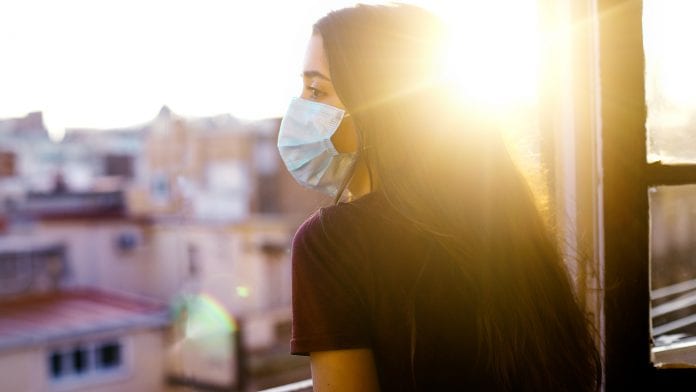
A team of researchers has examined the vulnerability of the SARS-CoV-2 coronavirus, which causes COVID-19, to sunlight.
Researchers from UC Santa Barbara, Oregon State University, The University of Manchester, and ETH Zurich have examined SARS-CoV-2’s vulnerability to sunlight, concluding that there could be another mechanism at play aside from RNA inactivation by UV-B rays.
Findings from their experiments have been detailed in a letter in the Journal of Infectious Diseases.
Inactivation of SARS-CoV-2
The team theorised that an additional mechanism might be at play following the comparison of data from a July 2020 study that demonstrated the rapid inactivation of SARS-CoV-2 by sunlight in a lab setting, with a theory of coronavirus inactivation by solar radiation. According to the researchers’ letter, the experiments demonstrated virus inactivation times of about 10-20 minutes, which was much faster than predicted by the theory.
UC Santa Barbara mechanical engineering professor and lead author, Paolo Luzzatto-Fegiz, said that the theory assumes inactivation works by having UV-B hit the RNA of the virus and damaging it. However, he highlighted that from the discrepancies between the experimental results and the predictions of the theoretical model, which predicts that inactivation should happen an order of magnitude slower, the team felt that RNA inactivation by UV-B might not be the whole story.
In the experiments, viruses in simulated saliva and exposed to UV-B lamps were inactivated more than eight times faster than predicted by the theory, while those cultured in a complete growth medium before exposure to UV-B were inactivated more than three times faster than expected.
According to the letter, to make the math of the theory fit the data, SARS-CoV-2 would have to exceed the highest UV-B sensitivity of any currently known virus, or there could be another mechanism at play such as UV-A rays, another, less energetic component of sunlight.
Luzzatto-Fegiz said: “People think of UV-A as not having much of an effect, but it might be interacting with some of the molecules in the medium. So, scientists don’t yet know what’s going on. Our analysis points to the need for additional experiments to separately test the effects of specific light wavelengths and medium composition.”
Such experiments might provide clues into new ways of managing the virus with widely available and accessible UV-A and UV-B radiation.
UV-A and UV-C rays
UV-C is the most damaging form of radiation, but it has proved to be effective against the SARS-CoV-2 virus. These rays do not reach the Earth’s surface and must be manufactured for use in air filtration and other settings.
Co-author Julie McMurry said: “UV-C is great for hospitals. But in other environments – for instance kitchens or subways – UV-C would interact with the particulates to produce harmful ozone.”
While risk cannot be entirely eliminated with this method, it would provide another option for reducing exposure and slowing transmission.
Co-author and UCSB mechanical engineering professor Yangying Zhu added that UV-A turning out to be capable of inactivating the virus could be beneficial, as there are now inexpensive LED bulbs that are many times stronger than natural sunlight, which could help to accelerate inactivation times.
Fernando Temprano-Coleto, also a co-author of the letter, also pointed out that UV-A could potentially be used far more broadly to augment air filtration systems at relatively low risk for human health, especially in high-risk settings such as hospitals and public transportation.










